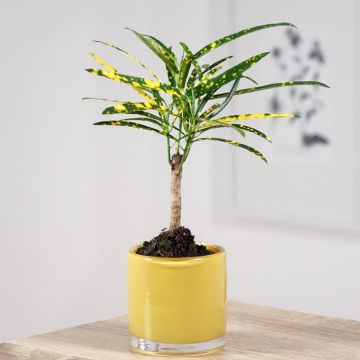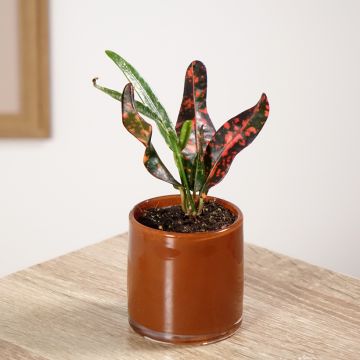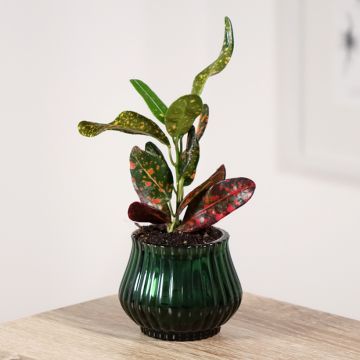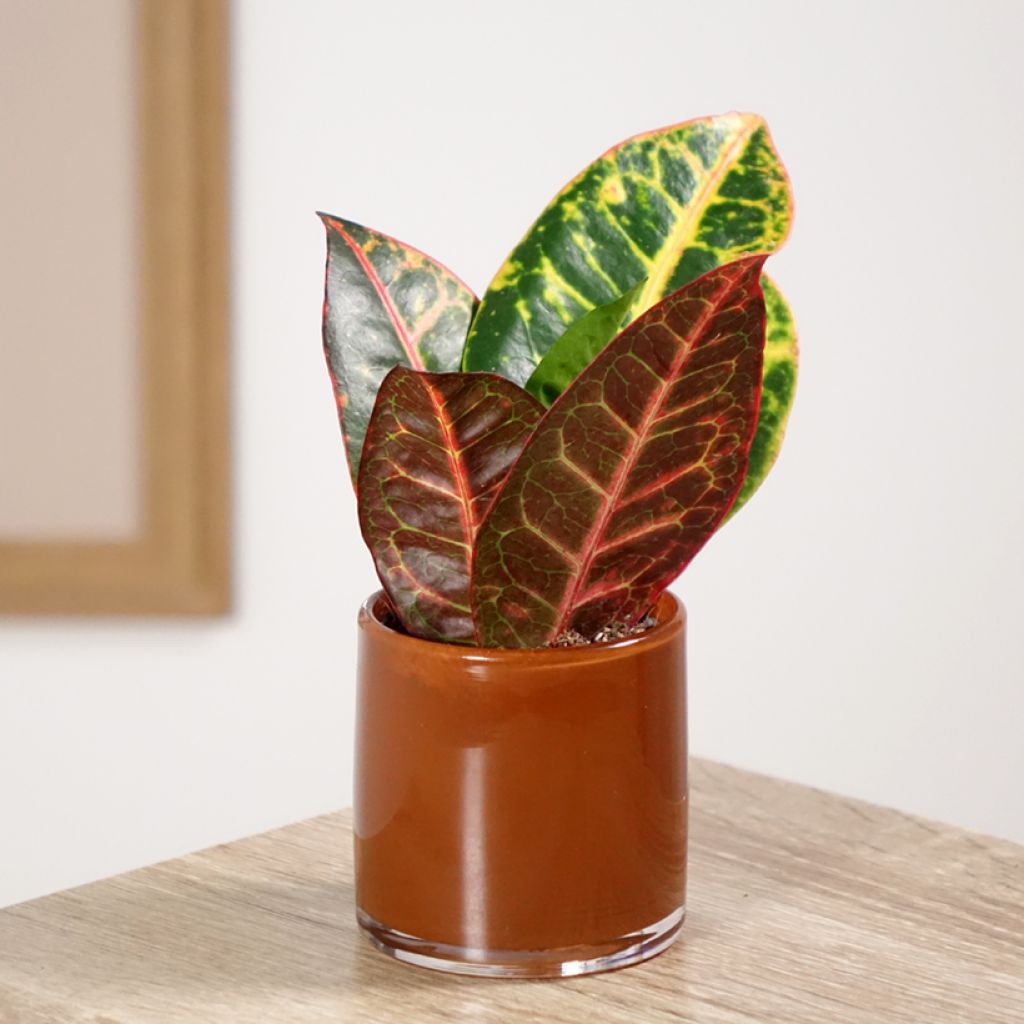

Codiaeum variegatum var. pictum Petra - Croton
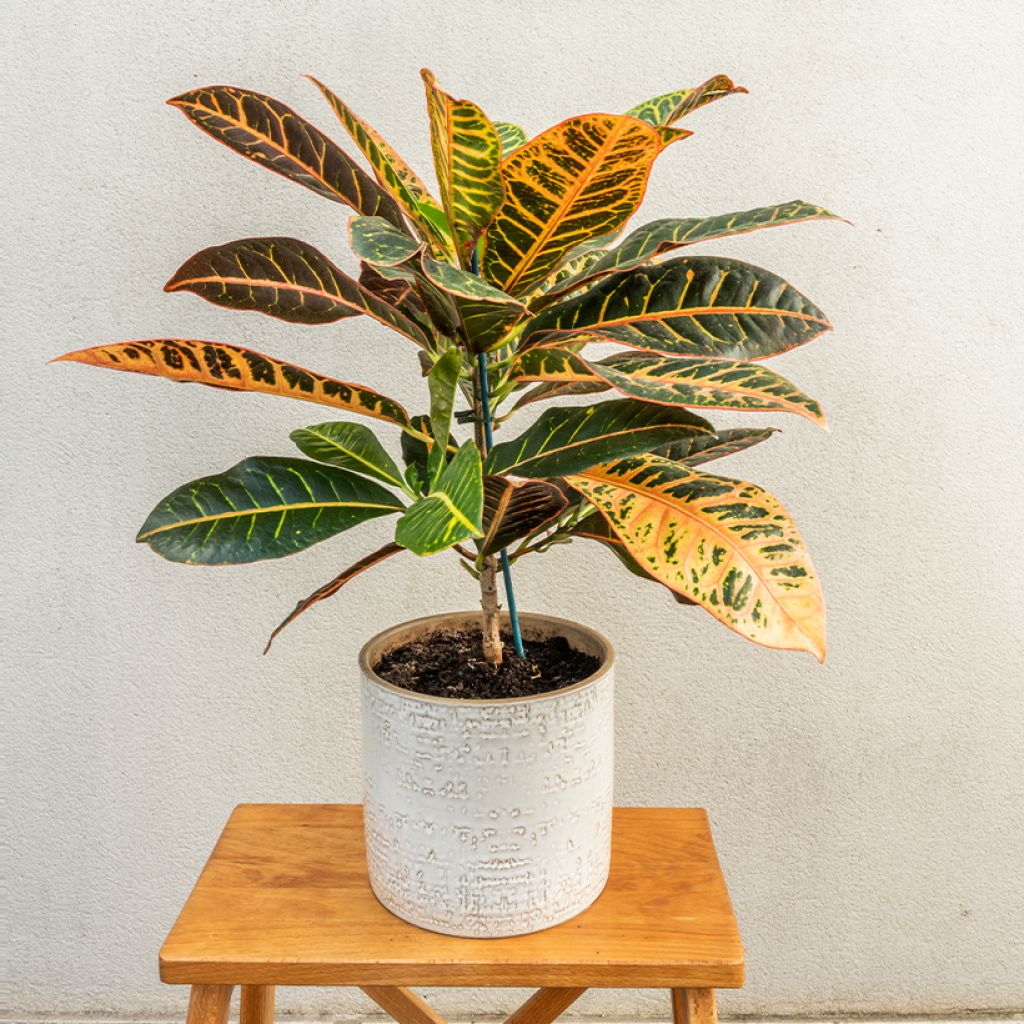

Codiaeum variegatum var. pictum Petra - Croton
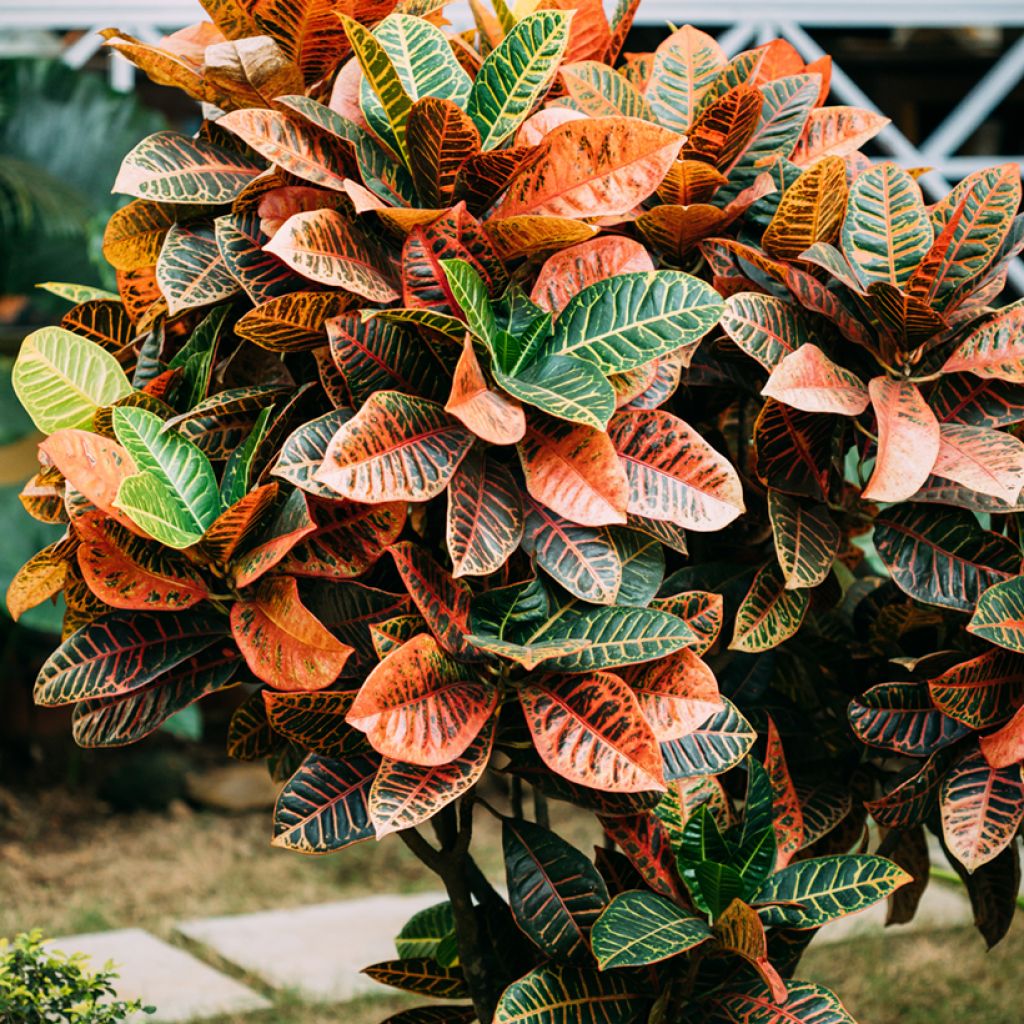

Codiaeum variegatum var. pictum Petra - Croton


Codiaeum variegatum var. pictum Petra - Croton
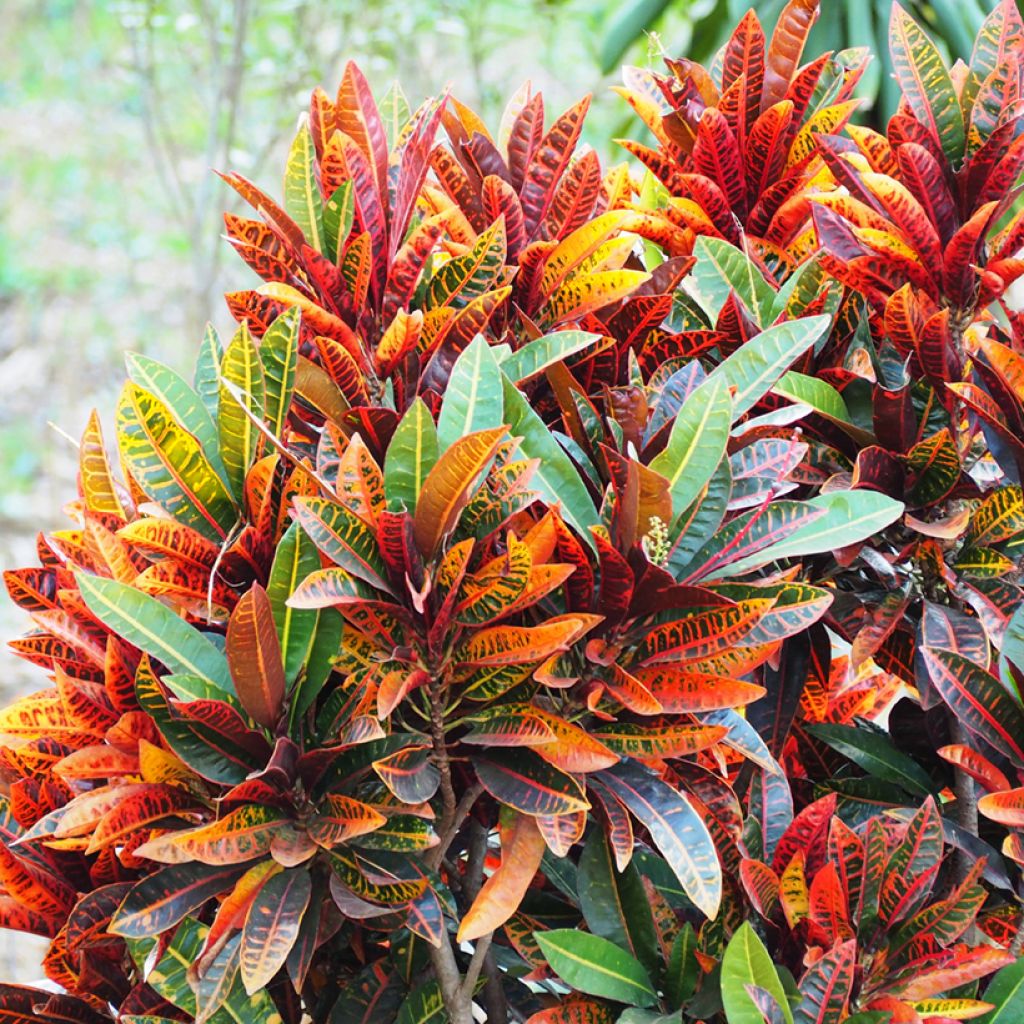

Codiaeum variegatum var. pictum Petra - Croton
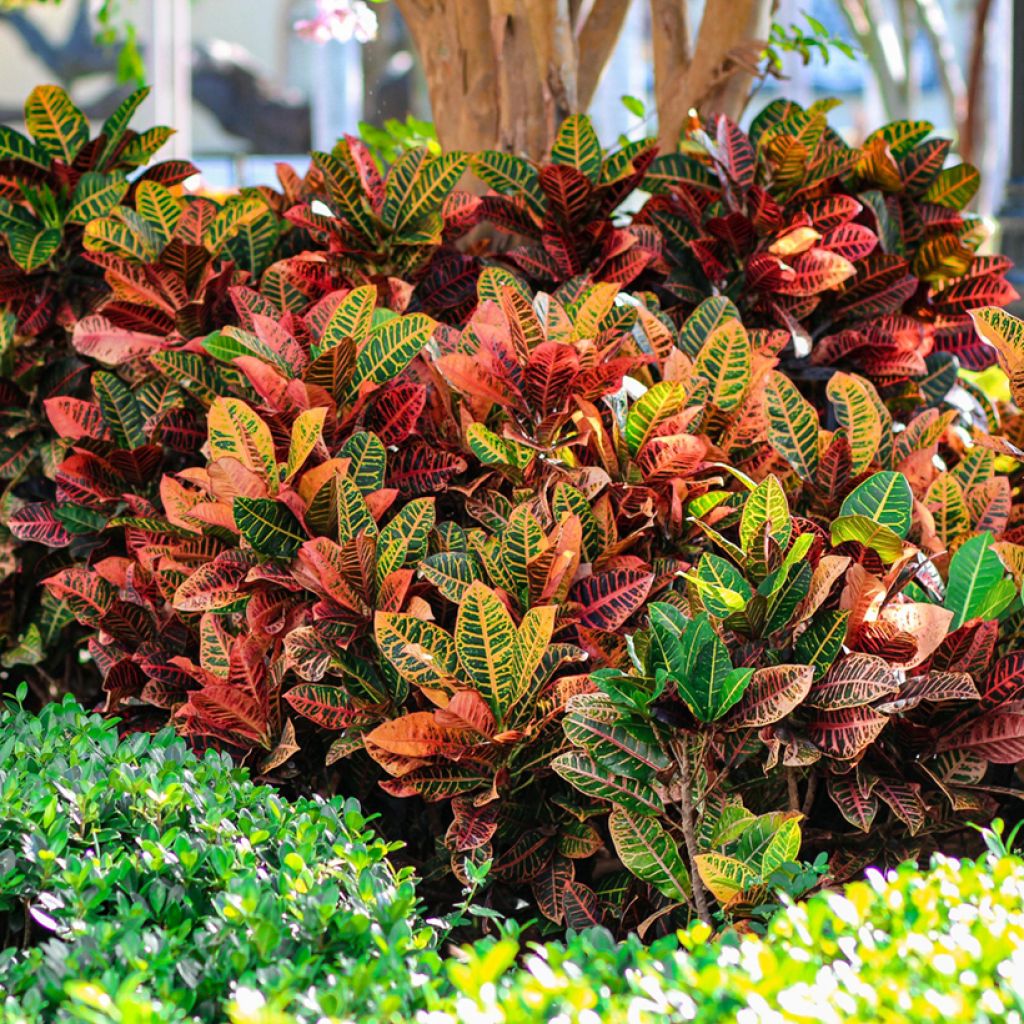

Codiaeum variegatum var. pictum Petra - Croton
Codiaeum variegatum var. pictum Petra - Croton
Codiaeum variegatum var. pictum Petra
Croton
Special offer!
Receive a €20 voucher for any order over €90 (excluding delivery costs, credit notes, and plastic-free options)!
1- Add your favorite plants to your cart.
2- Once you have reached €90, confirm your order (you can even choose the delivery date!).
3- As soon as your order is shipped, you will receive an email containing your voucher code, valid for 3 months (90 days).
Your voucher is unique and can only be used once, for any order with a minimum value of €20, excluding delivery costs.
Can be combined with other current offers, non-divisible and non-refundable.
Home or relay delivery (depending on size and destination)
Schedule delivery date,
and select date in basket
This plant carries a 30 days recovery warranty
More information
We guarantee the quality of our plants for a full growing cycle, and will replace at our expense any plant that fails to recover under normal climatic and planting conditions.
Description
The Croton 'Petra' (Codiaeum variegatum) is a houseplant renowned for its vibrant colours. With its broad, veined leaves adorned in flamboyant shades of red, yellow, and orange, this tropical plant transforms any room into a warm and exotic space. It complements both contemporary and bohemian or 'jungle' décor styles. Place it near a bright window but out of direct sunlight to maintain the intensity of its colours and prevent its foliage from fading. The Croton requires a little attention but remains accessible to plant enthusiasts.
The Croton 'Petra' (Codiaeum variegatum 'Petra') is a perennial bush belonging to the Euphorbiaceae family. Indoors, its growth is moderate, typically reaching a height of 80 cm to 1 m and a spread of 50 to 60 cm. Its habit is upright and compact, with erect stems and dense foliage. The broad and leathery leaves have a smooth, glossy texture. They are oblong to elliptical in shape, measuring between 15 and 30 cm in length, and display vivid colours ranging from green then yellow, to red and orange, often with contrasting veins. Flowering indoors is rare and unspectacular, appearing as small yellow star-shaped flowers that, if pollinated, may produce round black berries.
The Codiaeum genus comprises bushes native to the tropical regions of Southeast Asia and the Pacific Islands where they thrive in warm, humid environments, typically in light undergrowth or at the edge of the forest.
For indoor cultivation, the Croton 'Petra' requires bright light ideally near a window while avoiding direct sunlight that could scorch its leaves. It appreciates high ambient humidity and a stable temperature around 20°C. Regular watering is necessary, keeping the soil slightly moist but not waterlogged to prevent root rot. It is also recommended to mist the foliage regularly with non calcarous water to maintain adequate humidity and prevent spider mite infestations.
Warning - The Croton 'Petra' is toxic: its sap contains an irritating white latex that can cause burns if ingested and skin reactions upon contact. It is therefore advisable to handle the plant with gloves and keep it out of reach of children and pets.
With its multicoloured foliage, the Croton 'Petra' is the perfect ally for brightening up a sunny living room, office, or light-filled conservatory. Its tropical appearance blends seamlessly into interiors with a chic bohemian, ethnic, or contemporary exotic style. Place it in a terracotta or glazed ceramic pot to accentuate its natural and vibrant character. On an open shelf, a natural wood stand, or beside a rattan armchair, it creates a warm and inviting green corner.
Report an error about the product description
Codiaeum variegatum var. pictum Petra - Croton in pictures


Foliage
Plant habit
Flowering
Botanical data
Codiaeum
variegatum var. pictum
Petra
Euphorbiaceae
Croton
Cultivar or hybrid
Safety measures
Other Croton - Codiaeum
View all →Location
Location
Maintenance and care
Watering tips
Potting advice, substrates and fertilisers
Houseplant care
Disease and pest advice
Maintenance and care
This item has not been reviewed yet - be the first to leave a review about it.
Haven't found what you were looking for?
Hardiness is the lowest winter temperature a plant can endure without suffering serious damage or even dying. However, hardiness is affected by location (a sheltered area, such as a patio), protection (winter cover) and soil type (hardiness is improved by well-drained soil).

Photo Sharing Terms & Conditions
In order to encourage gardeners to interact and share their experiences, Promesse de fleurs offers various media enabling content to be uploaded onto its Site - in particular via the ‘Photo sharing’ module.
The User agrees to refrain from:
- Posting any content that is illegal, prejudicial, insulting, racist, inciteful to hatred, revisionist, contrary to public decency, that infringes on privacy or on the privacy rights of third parties, in particular the publicity rights of persons and goods, intellectual property rights, or the right to privacy.
- Submitting content on behalf of a third party;
- Impersonate the identity of a third party and/or publish any personal information about a third party;
In general, the User undertakes to refrain from any unethical behaviour.
All Content (in particular text, comments, files, images, photos, videos, creative works, etc.), which may be subject to property or intellectual property rights, image or other private rights, shall remain the property of the User, subject to the limited rights granted by the terms of the licence granted by Promesse de fleurs as stated below. Users are at liberty to publish or not to publish such Content on the Site, notably via the ‘Photo Sharing’ facility, and accept that this Content shall be made public and freely accessible, notably on the Internet.
Users further acknowledge, undertake to have ,and guarantee that they hold all necessary rights and permissions to publish such material on the Site, in particular with regard to the legislation in force pertaining to any privacy, property, intellectual property, image, or contractual rights, or rights of any other nature. By publishing such Content on the Site, Users acknowledge accepting full liability as publishers of the Content within the meaning of the law, and grant Promesse de fleurs, free of charge, an inclusive, worldwide licence for the said Content for the entire duration of its publication, including all reproduction, representation, up/downloading, displaying, performing, transmission, and storage rights.
Users also grant permission for their name to be linked to the Content and accept that this link may not always be made available.
By engaging in posting material, Users consent to their Content becoming automatically accessible on the Internet, in particular on other sites and/or blogs and/or web pages of the Promesse de fleurs site, including in particular social pages and the Promesse de fleurs catalogue.
Users may secure the removal of entrusted content free of charge by issuing a simple request via our contact form.
The flowering period indicated on our website applies to countries and regions located in USDA zone 8 (France, the United Kingdom, Ireland, the Netherlands, etc.)
It will vary according to where you live:
- In zones 9 to 10 (Italy, Spain, Greece, etc.), flowering will occur about 2 to 4 weeks earlier.
- In zones 6 to 7 (Germany, Poland, Slovenia, and lower mountainous regions), flowering will be delayed by 2 to 3 weeks.
- In zone 5 (Central Europe, Scandinavia), blooming will be delayed by 3 to 5 weeks.
In temperate climates, pruning of spring-flowering shrubs (forsythia, spireas, etc.) should be done just after flowering.
Pruning of summer-flowering shrubs (Indian Lilac, Perovskia, etc.) can be done in winter or spring.
In cold regions as well as with frost-sensitive plants, avoid pruning too early when severe frosts may still occur.
The planting period indicated on our website applies to countries and regions located in USDA zone 8 (France, United Kingdom, Ireland, Netherlands).
It will vary according to where you live:
- In Mediterranean zones (Marseille, Madrid, Milan, etc.), autumn and winter are the best planting periods.
- In continental zones (Strasbourg, Munich, Vienna, etc.), delay planting by 2 to 3 weeks in spring and bring it forward by 2 to 4 weeks in autumn.
- In mountainous regions (the Alps, Pyrenees, Carpathians, etc.), it is best to plant in late spring (May-June) or late summer (August-September).
The harvesting period indicated on our website applies to countries and regions in USDA zone 8 (France, England, Ireland, the Netherlands).
In colder areas (Scandinavia, Poland, Austria...) fruit and vegetable harvests are likely to be delayed by 3-4 weeks.
In warmer areas (Italy, Spain, Greece, etc.), harvesting will probably take place earlier, depending on weather conditions.
The sowing periods indicated on our website apply to countries and regions within USDA Zone 8 (France, UK, Ireland, Netherlands).
In colder areas (Scandinavia, Poland, Austria...), delay any outdoor sowing by 3-4 weeks, or sow under glass.
In warmer climes (Italy, Spain, Greece, etc.), bring outdoor sowing forward by a few weeks.
































